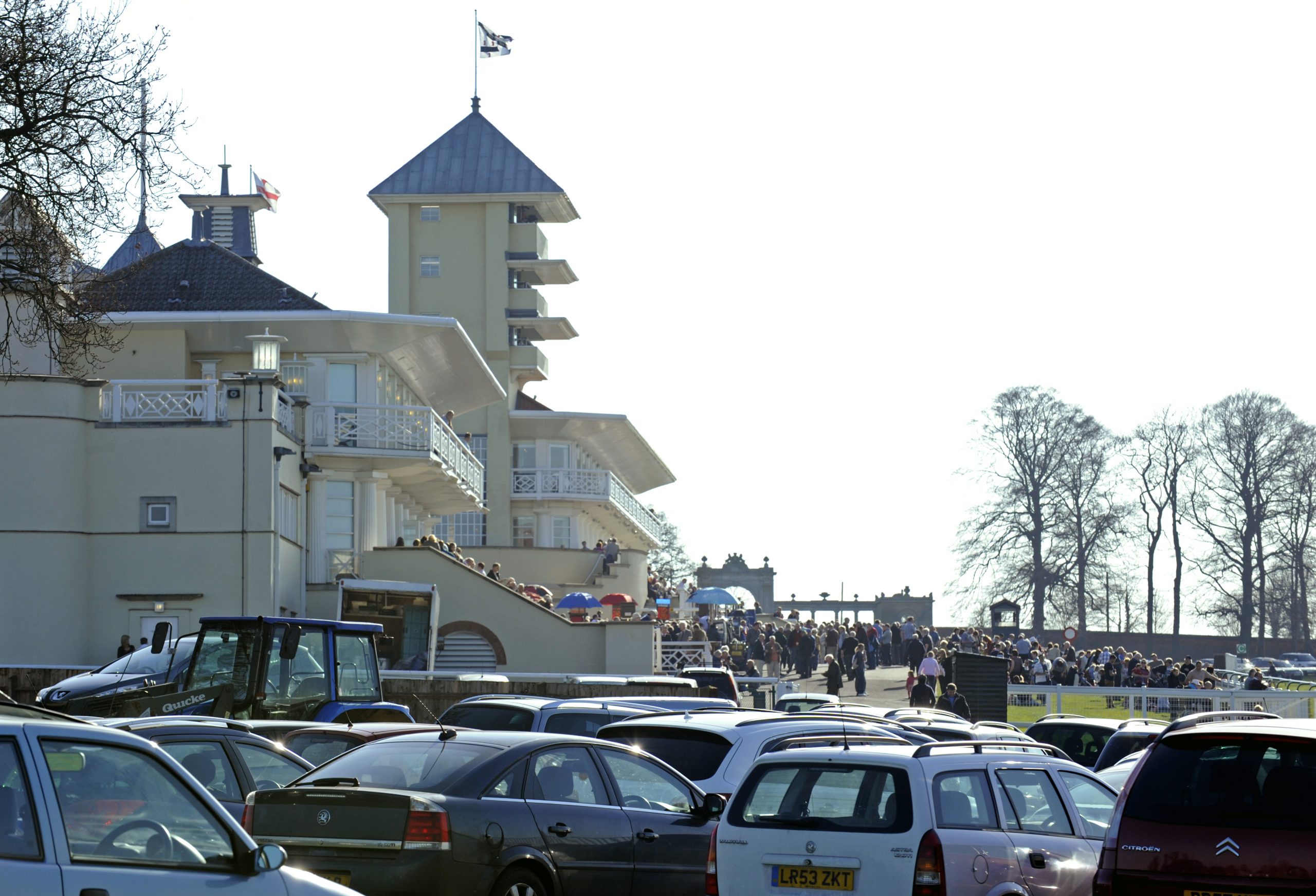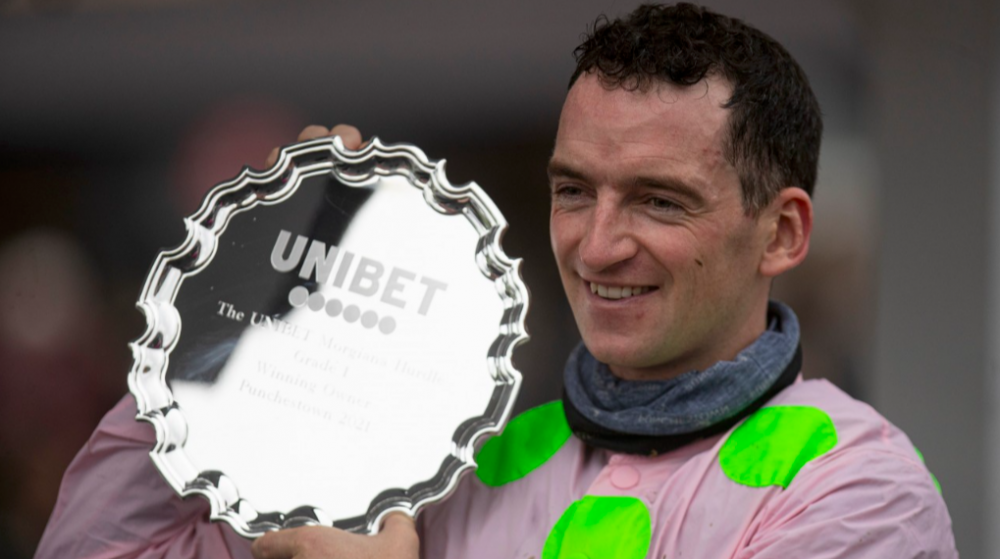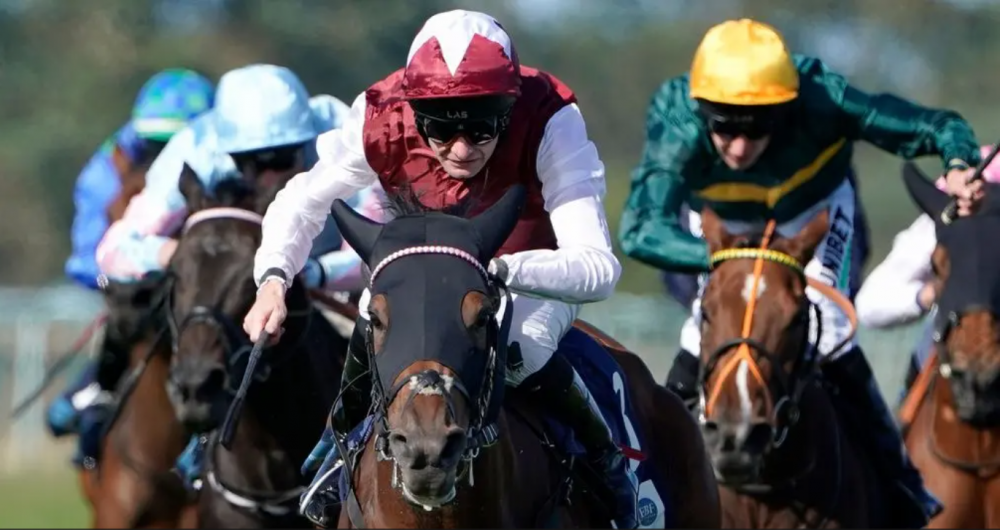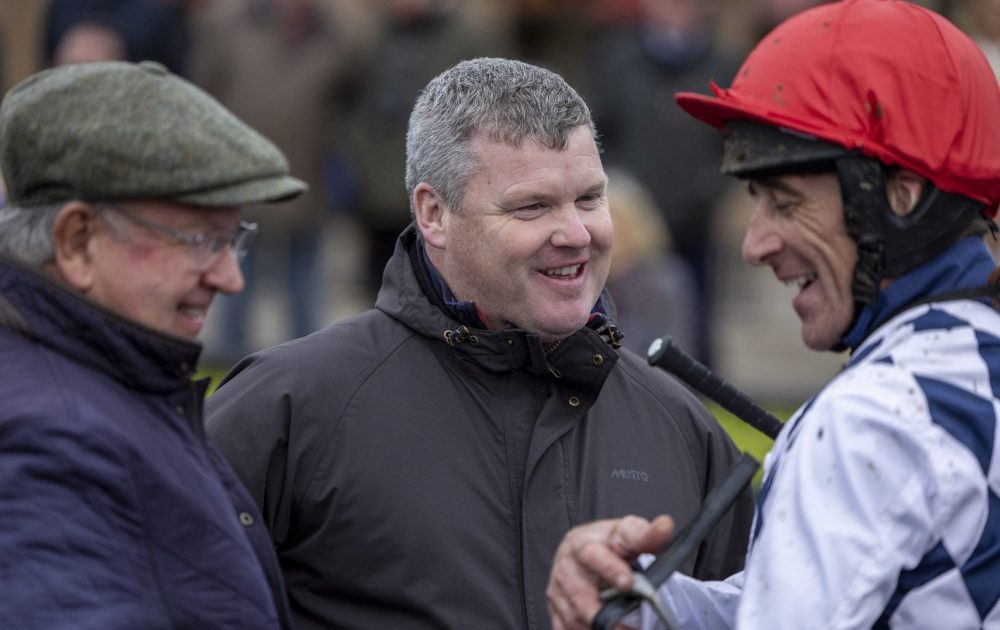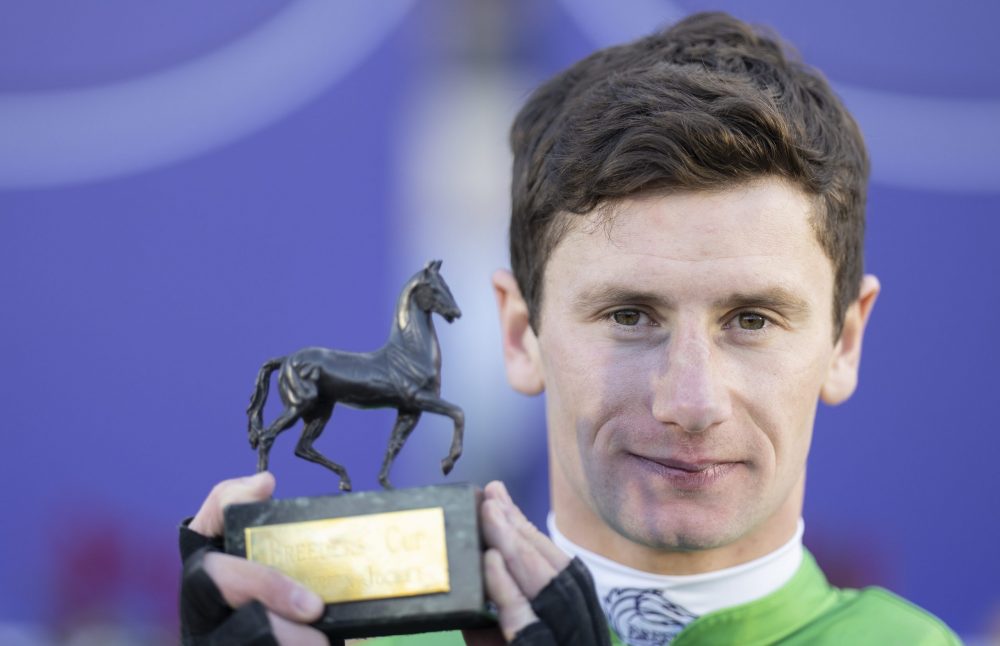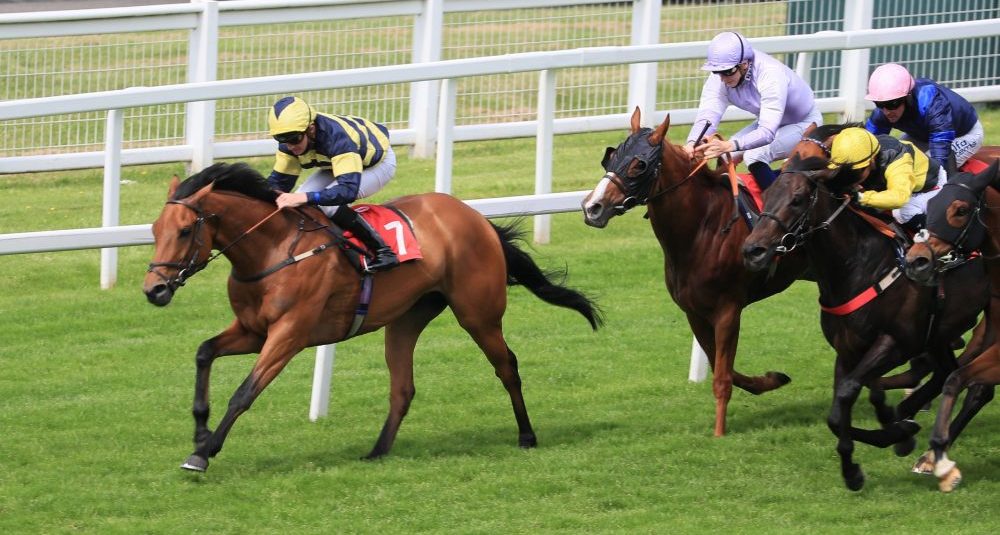
Meet Anneliese Thompson, who is not your typical Greyhound trainer
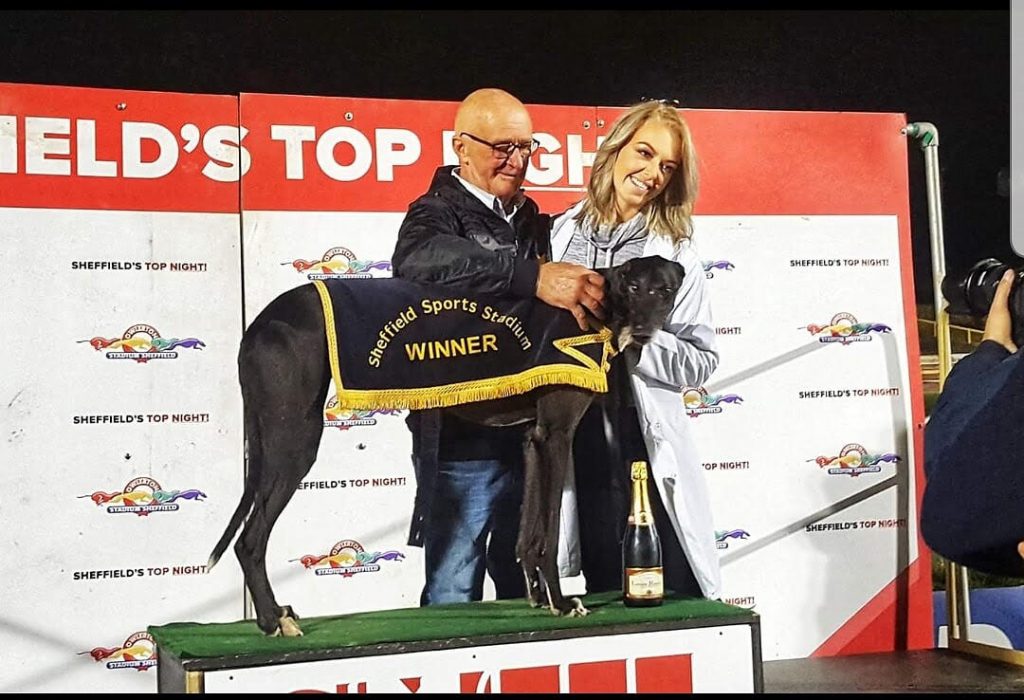
We were fortunate enough to get an interview with northern-based Greyhound trainer, Anneliese Thompson. It’s a fascinating read and this lady certainly knows how to train a winner so we hope you all enjoy….
How did you come to get involved in greyhound racing?
It was all down to my dad, who used to train greyhounds. I had grown up around greyhounds and horses. I worked in retail originally and was a bit fed up with that and decided to spend a few days at work with him at the kennels while I worked out what I really wanted to do for my career.
It was on day three working at the kennels that I knew working with the dogs full-time was for me; I really knew straight away. I was 24 when I took over the trainer’s licence from my dad in 2015.
How many people are part of your operation?
Not including myself, I have three full-timers and two part-time staff. We currently have 70 dogs at the moment, including some pups. We have a young team – everyone is under the age of 30. There are four of us girls too, who the dogs all adore.
What does an average day in your life look like?
Our team gets to the kennels first thing to let the dogs out in the paddocks while we do a full disinfect and clean of the kennels and give them fresh bedding. They get a nice lot of time out in the paddock in the morning and we like to give them a lot of attention. We have lots of toys for them to play with.
Every dog gets groomed each day so that usually takes up the rest of the morning, before we take them out for walks or on the gallop. We’re really lucky to have a mile and a half all-weather gallop here and they each get out four times a week to have a good run on top of their walks. This is where I like to spend some individual one-on-one time with them and focus on their training. We also have a reservoir where they can play and have a swim in the summer which they really enjoy.
We’ll then start feeding and, if we’re lucky, we’ll get an hour of peace and quiet after they’ve eaten. Some have breakfast and a pre-race meal too. They really thrive off the routine. We like to change up their food every day and give them a real variety – as humans, we wouldn’t want to have the same meal day in and out and neither do they!
Then it all starts back up again and they go out into the paddocks again in the afternoon. Of course, our racing schedule fits around all this too so it is a very busy schedule.
There’s no such thing as a day off when you work with greyhounds. If I’m not at the kennels or the track, I am dealing with the racing office or updating owners. I think the last proper day off I had was last November but I love every minute of it.
What challenges have you had to overcome in your career?
I found that, in the beginning, when I first took over the trainer’s licence, it was sometimes hard to be taken seriously because I was so young. Although I had been involved with the dogs all my life and working with them for six or seven years at that point, I still felt that I had something to prove.
It was a case of letting the dogs do the talking for me. When people see that my dogs are turned out picture-perfect, running well and, most importantly, happy, that’s what makes them realise, “oh ok, maybe she does know what she’s doing”.
What message would you like to convey to other young women looking for a career path in sports, and particularly in greyhound racing?
You’ve got to be confident and love what you do. Everyone involved in greyhound racing does it because they love it – it is non-stop and hard work but rewarding in every sense.
If you are interested in training or working with greyhounds in any capacity, my advice would be to always do the very best for your dogs and try to ignore the outside noise. It feels strange to say that about a competitive sport but you’ve really got to get your head down and concentrate on your kennel. The dogs are our superstars and whatever you put in, you’ll get out. You’ve just got to hold your head high.
You’re different to the public perception of your average trainer – what are your thoughts on traditional stereotypes?
I think a lot of people have an old man in a flat cap in their mind when they think of a greyhound trainer. Even if the stereotype still exists for some people, I don’t think it is a reflection of the reality of greyhound racing today. There have been huge changes within the sport and there are a variety of trainers out there now, young and old, male and female. I wouldn’t say that I am any different to the average trainer out there in that I am passionate about what I do and love the sport.
Looking at the future then, how do you think greyhound racing can diversify in order to appeal to that younger crowd?
I think that social media has got to be the way forward. At our kennels, we have a website, Facebook and Twitter pages where we try to put up lighthearted and engaging posts about the dogs. A lot of kennels now are putting loads of effort into this kind of thing and it would be great to see even more of it. I think, collectively, we all need to get more people excited and engaged in our sport.
Greyhound racing is an amazing nice out, it is so exciting – especially as a night out with friends or family. The atmosphere is electric. It is such a thrill to watch the dogs do what they do best and that’s why people love our sport. It is all about the dogs being the superstars they are – they all have individual personalities and this is what we need to showcase to both our current fans and newcomers to greyhound racing.
We have a lot of family owners who bring their kids to the kennels to come and walk their dogs and we really encourage this. This gets them really involved with their greyhounds and they are so excited to watch them race. We have some owners who have already asked if their kids can come and help out at the kennels once they are 16! It’s so great to see this level of enthusiasm.
Who in the sport do you really admire at the moment?
I think what the McNairs do at their kennels is absolutely brilliant. Likewise Angela Harrison and Mark Wallis. I see these ‘big names’ as healthy competition and their success inspires our kennels to strive to do better.
But it’s not just the champion trainers who are doing amazing things for our sport. Sarah Spillane, who started at Nottingham recently, is fabulous for the sport. She is so keen to educate people about greyhound racing and greyhounds as pets. Likewise, Sharon Saberton is wonderful. She is such a nice woman and you can just see the love she has for her dogs; she does a fabulous job, especially with her work with rehoming.
Was there ever a point where you thought the training wasn’t going to pan out for you? How did that feel?
There’s been a couple of times when it has been difficult, particularly times when I have received nasty comments on social media. There was one point where I just thought “what am I doing?” but after about two days I gave my head a shake and thought “why am I listening to people?” My dogs are happy, my owners are happy and I love what I do. That’s all that matters.
What’s great about working with greyhounds though is that whenever you do have a bad day, or things aren’t going the way you’d want, they are there to cheer you up. There’s nothing that can fix a rubbish day quicker than sitting in a kennel with a dog or taking them for a walk.
What has been your biggest achievement in the sport so far?
It has to be when we won our first Cat One final, the Three Steps at Owlerton in 2018 with SWIFT HANSEL. I remember walking across the middle of the track with him after he’d won and my dad coming towards me balling his eyes out with pride – moments like that just make you realise that all the hours are worth it.
There’s nothing that beats watching a greyhound you’ve put so much work into succeed. One dog this really applies to was TIGER ON TOUR who went from an A8 to an A2. It makes you feel so proud watching them reach their potential when you see that kind of improvement.
Is there anything you’d change from where you are?
I don’t believe there’s any point having regrets in life, but there are definitely things you can learn from. I’ve learnt so much from the vets we work with and, in hindsight, I wish I had soaked up more of this knowledge when I first started in the sport. There’s plenty of help out there; it’s just about finding the right people to talk to.
Where do you want to see yourself in 10 years’ time – what are your big ambitions?
We want to keep up with the racing but we are considering doing more breeding here as this is part of the sport I really enjoy. There’s nothing like watching a pup you have known since day one progress in their career knowing that you have been there every step of the way.
Racing with our graders is really rewarding as you can see all the work you put in during the week pay off on the track, but I do love travelling and doing the open race circuit so I’m always keen to do more of that. It’s not only the calibre of the racing but also the social side of it, as you get the chance to meet and speak to so many different trainers at the tracks.
What do you try to do that’s unique and gives you the edge over your competitors?
There’s no ‘big secret’ for us. The only thing I can brag about is how well our dogs are loved. When I walk around the kennels and I can’t see my staff I often find them curled up in the beds with the dogs! Even though we are a large kennel we really offer that one-on-one time with our dogs. They really are spoiled rotten with us and that is so important, not only for their racing careers but for their transition to life as a pet when they retire.
Which races are you targeting? Are there any particular prizes you’ve got your eye on?
We are going to have a bash at the Derby and we are so excited that it is at Nottingham this year. We are taking DRUNCROW LINNET who came to us just before lockdown. She is our only definite for now but we’ve also got our eye on LOCNAMON MIKE, who is an older boy but still winning A1’s.
We have the advantage of our dogs knowing the track well. We were even contacted by a few Irish owners who were interested in bringing their dogs over here. The challenge is only having one or two trials on the track doesn’t always give the dog enough of a chance to get used to it.
After the Derby, we’re hoping to do more travelling at the back end of the year. We have high hopes for CHARLIE TANGO, a lovely young dog who has really come into himself at Nottingham and could be an interesting prospect for us over a further distance.
KILARA LOCH is another exciting dog. He only recently joined our kennels after being with a trainer on Doncaster – he’s been crying out for further and the 500m distance at Nottingham has really seen him flourish.
We’ve also recently had a bitch called SOME SMILER join our team, coming from A1 grade at Monmore – it is worth keeping an eye out for her.
Do you have a favourite dog in the kennel right now?
It is difficult to choose but we have one dog out of a litter of four who came to us at three months, HAGGSWOOD TANK, who started at A8 and is now running at A4. He has just turned two and is doing really well. It is hugely rewarding watching him run and I predict that we haven’t seen the best from him yet.
Outside of your own kennel, which greyhound are you enjoying following at the moment?
There’s Hayley Keightley’s ROXHOLME KRISTOFF who broke the clock at Sheffield the other night and is an absolute machine.
Please Gamble Responsibly.



